The Yam Suph - Station 7 of the Exodus
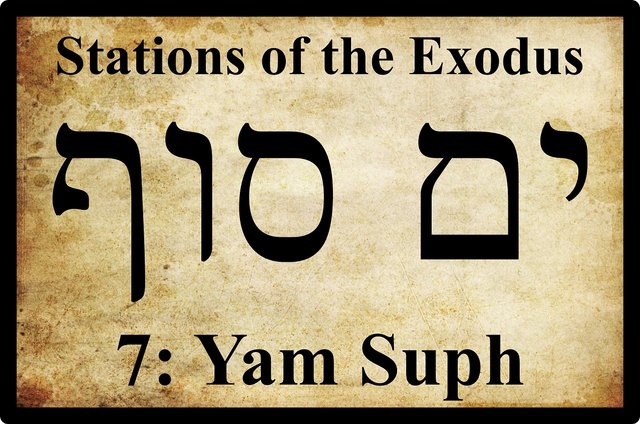
The Seventh Station of the Exodus is possibly a spurious addition to the original list. It is included among the forty-two stations listed in the Book of Numbers but is not mentioned in the Book of Exodus. In Numbers 33:10-11 we read:
And they removed from Elim, and encamped by the Red sea. And they removed from the Red sea, and encamped in the wilderness of Sin. (Numbers 33:8-9)
Compare this with the corresponding passage in Exodus 16:01:
And they took their journey from Elim, and all the congregation of the children of Israel came unto the wilderness of Sin, which is between Elim and Sinai, on the fifteenth day of the second month after their departing out of the land of Egypt. (Exodus 16:01)
In the King James Version, Red sea translates the Hebrew phrase סֽוּף יַם־ [yam-sūp̄], or Yam Suph, which we identified in an earlier article with Lake Ballah:
The commonest interpretation is that suph is a Hebrew word for rush, reed, bulrush, seaweed (Gesenius 1835:943). It is thought that the word was adapted from the Egyptian word ṭwfi, meaning reeds (Brown 693). The implication is that the sea in question was one of the brackish lakes of the eastern Delta: Lake Ballah, Lake Timsah, or the Great Bitter Lake. (The latter, however, probably did not exist at the time of the Exodus, as the northern shoreline of the Red Sea proper lay much further north than it does today.)
In the preceding article in this series, however, I tentatively identified Elim with ‘Ayun Musa, or the Wells of Moses, an oasis about 15 km southeast of Suez. In ancient times, however, Lake Ballah is unlikely to have extended even as far south as the modern city of Ismailia. It is, therefore, quite impossible for the Israelites to have passed the Yam Suph on their way from Elim to the Wilderness of Sin. This supports the hypothesis that the Seventh Station is spurious and ought to be removed from the list.
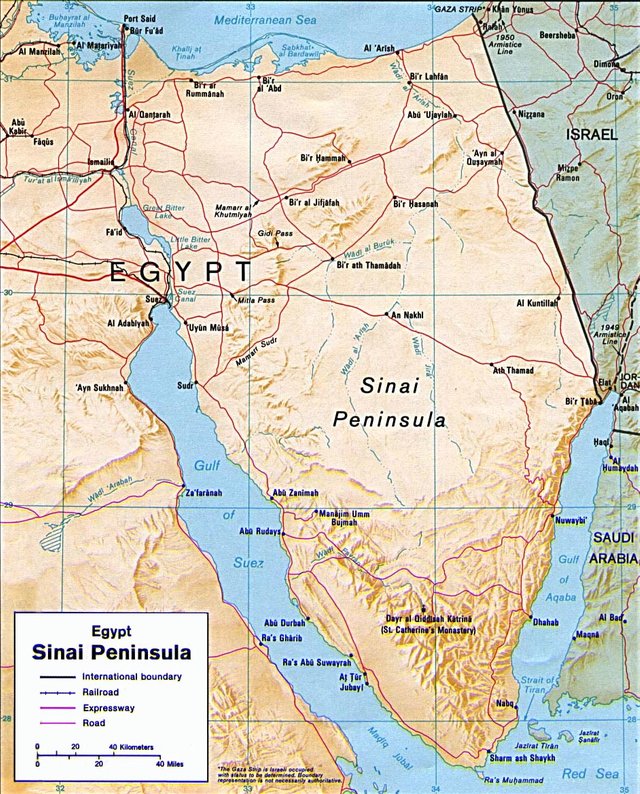
There remains, however, the possibility that yam suph simply means a sea of reeds rather than The Sea of Reeds. In other words, it may not necessarily refer to the same sea as before. If this were the case, then Yam Suph must refer to the Gulf of Suez. But would the scribes have referred to the open sea as a Sea of Reeds? In I Kings 9:26, the same expression is used to refer to the Gulf of Aqaba:
And king Solomon made a navy of ships in Eziongeber, which is beside Eloth, on the shore of the Red sea, in the land of Edom. (I Kings 9:26)
So there is nothing anomalous with the same expression being used in Numbers 33:10-11 to refer to the Gulf of Suez. On the other hand, perhaps Yam Suph simply refers to another brackish oasis in the Sinai Peninsula, somewhere south of ‘Ayun Musa.
Note also that we are told specifically that the Israelites reached the eighth station, the Wilderness of Sin, on the fifteenth day of the second month since leaving Egypt. In the light of Numbers 33:03, this is generally understood to mean one lunar month (29-30 days) after they set out on the Exodus from Rameses (Avaris):
And they departed from Rameses in the first month, on the fifteenth day of the first month; on the morrow after the passover the children of Israel went out with an high hand in the sight of all the Egyptians. (Numbers 33:03)
If we accept that successive stations were separated by a day’s march—except for Pi-Hahiroth and Marah, which we are told were separated by a three days’ march—then we must conclude that the Israelites rested at some of the stations for several days at a time.
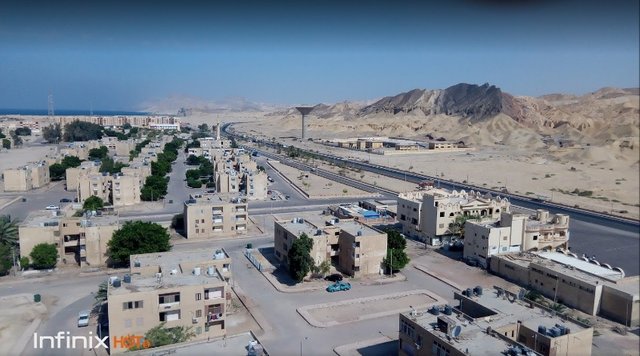
Abu Zelîmeh
In his commentary on the Book of Exodus, the German theologian August Dillmann has this to say on the subject of the seventh station:
However, Numbers 33:10 mentions another station by the Reed Sea between Elim and Sinai, concerning which the authors tell us nothing more, but which is of crucial important for our geographical orientation, for it implies that the route along which even today the normal roads from Suez to Sinai run, between the Reed Sea and the Ǵebel er-Râḥah, is intended. Today, this station on the Reed Sea is usually understood to refer to the mouth of the Wadi Ṭaijibe near the cape of Abu Zelime (especially by those who seek Elim in Wadi Gharandel, see above Ex 15:27). (Dillmann 182)
Ǵebel er-Râḥah refers to the mountain range that runs down the western side of the Sinai Peninsula. The Wadi Ṭaijibe, or Wadi Taiyibeh, is a seasonal stream 100 km south of ‘Ayun Mûsa. It discharges into the Gulf of Suez at the ancient harbour of Abu Zelime. Some commentators have suggested that the Sixth Station of the Exodus, Elim, refers to Abu Zelime. Perhaps the most notable of these is the Prussian Egyptologist Richard Lepsius:
Now there is no difference of opinion that near Abu Zelîmeh the encampment by the Red Sea was made, which is mentioned in the fourth Book of Moses [Numbers] as behind Elim. In the second Book [Exodus] this account is omitted, and only the twelve wells and seventy palm-trees named. How natural, indeed unavoidable, then, is the conclusion, that this well and palms of Elim, towards which the harbour of Abu Zelîmeh led, perhaps about an hour’s distance from the valley, and for this reason, in the account of the encampment of Elim by the sea, given in the second Book, from the watering-place of apparently the same name ... It appears to me not to be doubted, that the first three journeys into the desert led to Wadi Gharandel, that is Mara[h]; the fourth to the harbour station, Abu Zelîmeh, i. e. Elim. (Lepsius 1852:354-355)
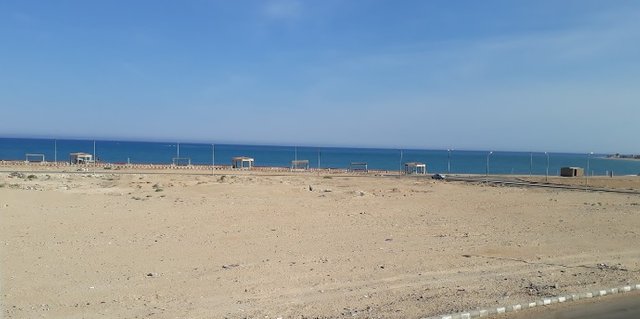
In another work, Lepsius writes:
We must not, therefore, consider the encampment by the sea as a different one from that at Elim; indeed the very name, Elim, had reference, probably, to the harbour of Abu Zelíme, rather than the watering-place connected with it. Its present name, which the Arabs themselves do not now understand, and which is not unfrequently pronounced Abu Zeníme, though not by the sailors, might be a corruption of it. The short distance between the wells and the sea, a mile and a half [2.5 km], perhaps, made the encampment at the red Sea, mentioned in Numbers, appear a different one from Elim; whereas it is with more propriety wholly unnoticed in the principal account in the book of Exodus. (Lepsius 1846:57)
This place is more commonly known as Abu Zenima, and according to the Scottish orientalist John Wilson it was named for an Arab saint, whose tomb is located here:
Proceeding along the coast in the opposite direction, to the left hand, we came in a few minutes to the Walí or tomb of the sheikh Abu Zenímah, which we had not seen noticed. Our Arabs joined their hands, and offered up a short prayer as they passed it ... it is probably from ’Abu Zanímah that the headland of Zalímah receives its name, the l and n being often interchanged by the Arabs, as well as by other people. (Wilson 1:178-179. See also 2:765).
Taken together, these circumstances suggest that any similarity between Zelime and Elim is purely coincidental. But who knows? If Elim is identified with ‘Ayun Mûsa, and the Israelites were covering, say, 25-30 km per day, then it would have taken them about three or four days to reach Abu Zelîmeh. Perhaps we should have identified the previous station, Marah, with ‘Ayun Mûsa and Ain Hawarah with Elim?
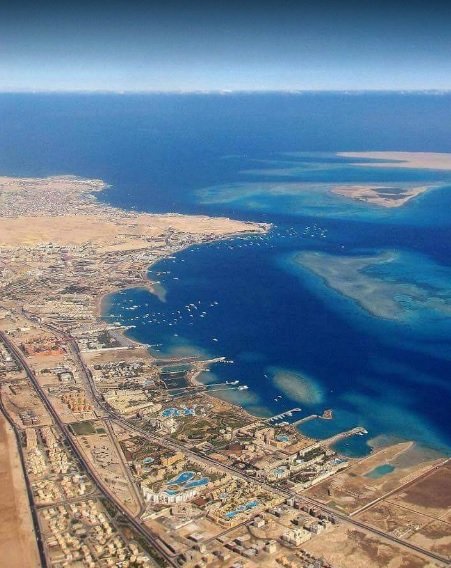
Ras Sudr
Assuming that the Sixth Station, Elim, refers to ‘Ayun Mûsa, and assuming that the Israelites were covering 25-30 km per day, and assuming that successive stations were separated by a single day’s march (unless otherwise specified), is there a suitable candidate for the Seventh Station of the Exodus?
There is. Approximately 30 km south of ‘Ayun Mûsa is the coastal harbour of Ras Sudr. This popular resort is reputed to have a long history going back to Biblical times. Many sources on the Internet identify it as the place where Moses turned the bitter waters sweet (ie Marah). It lies on the main coastal road that runs south from ‘Ayun Mûsa. However, primary sources of information on the history of this place have hitherto eluded me.
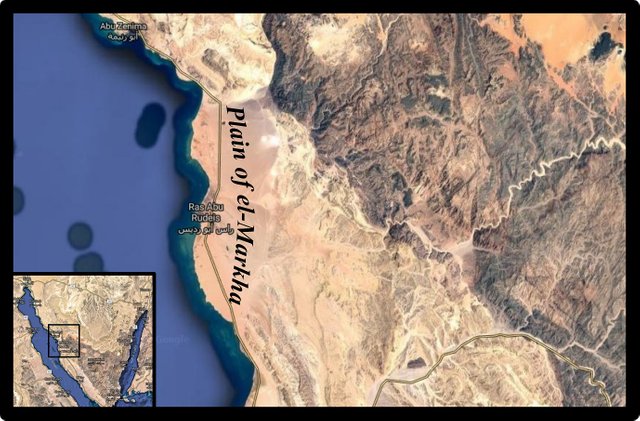
The Plain of el-Markha
Several commentators who accept the historicity of the Seventh Station have proposed the Plain of el-Markha as the location of this particular halting site (Hoffmeier 165). This is a narrow plain in western Sinai, bounded on the west by the Gulf of Suez and on the east by the Sinai High Mountain Region:
About two hours after leaving the mouth of Wádí Ṭeiyibah, we reached the centre of the extensive triangular plain called Wádí el-Markháh, or the “Valley of Ease,” where we “encamped by the Red Sea,” exactly like the Israelites at their first station after they removed from Elim (Numbers 33:10). (Wilson 1:180)
Whether this particular station was historical or spurious, the pertinent question seems to be: Between Elim and the Wilderness of Sin, did the Israelites continue to travel south between the Gulf of Suez and the mountains of western Sinai, or did they ascend one of the valleys towards the southeast, which would have taken them into the interior of the peninsula?
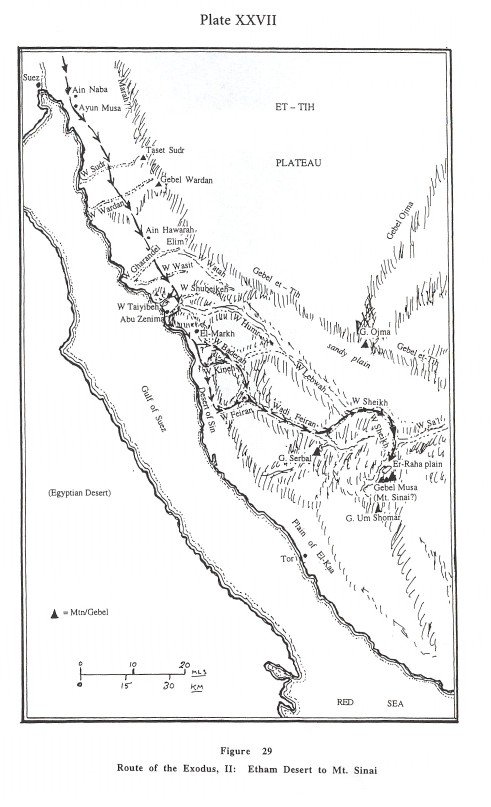
Here, one turned either southwest down Wadi Taiyibeh to the seashore of the Suez Gulf (at Abu Zelima or Zenima) or up inland and southeast along Wadi Humr. The first option led southeast along the seashore desert plain of El-Markh, and on into the wider expanse of El-Kaa (which runs all the way to the tip of the peninsula). From south of El-Markh several routes ran inland to join with Wadi Feiran and its oasis, bringing the traveler close to Gebel Serbal and (after a couple days’ march) round through Wadi es-Sheikh to the er-Raha plain ...
The key point of comparison between the actual west-coast road just outlined and the biblical sequences in Exodus/Numbers—between the Shur/Etham desert and a Mount Sinai—is the stopping again at a yam suph. In our southern-route context this has to be on the west Sinai shore of the Suez Gulf, and hence by common consent the shores at Abu Zelima (or Zenima) through to El-Markh. (Kitchen 269)
Conclusions
Whether the Seventh Station of the Exodus was historical or spurious, the inclusion of an encampment by the Yam Suph suggests at the very least that the Israelites followed the coastal route. Perhaps if we can identify the next station, the Wilderness of Sin, we can clear up these ambiguities. In the meantime, I will tentatively identify this station with Ras Sudr.
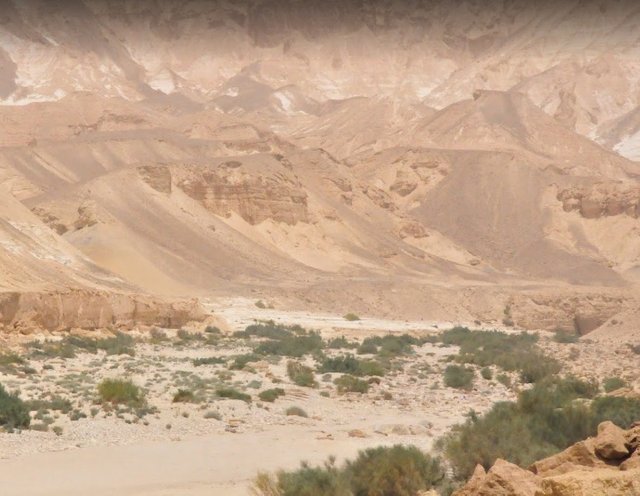
To be continued ...
References
- Francis Brown, Edward Robinson, William Gesenius, A Hebrew and English Lexicon of the Old Testament, Clarendon Press, Oxford (1906)
- August Dillmann, Die Bücher Exodus und Leviticus, S Hirzel, Leipzig (1897)
- Wilhelm Gesenius, Philological and Critical Thesaurus of the Hebrew and Chaldee Languages of the Old Testament, Volume 1, F C G Vogel, Leipzig (1835)
- James K Hoffmeier, Ancient Israel in Sinai: The Evidence for the Authenticity of the Wilderness Tradition, Oxford University Press, Oxford (2005)
- Kenneth A Kitchen, On the Reliability of the Old Testament, William B Eerdmans Publishing Company, Grand Rapids MI (2003)
- Richard Lepsius, A Tour from Thebes to the Peninsula of Sinai, Translated from the German by Charles Herbert Cottrell, John Petheram, London (1846)
- Richard Lepsius, Discoveries in Egypt, Ethiopia, and the Peninsula of Sinai, in the Years 1842-1845, Edited by Kenneth R D Mackenzie, Richard Bentley, London (1852)
- John Wilson, The Lands of the Bible: Visited and Described in an Extensive Journey Undertaken with Special Reference to the Promotion of Biblical Research and the Advancement of the Cause of Philanthropy, Volume 1, William Whyte and Co, Edinburgh (1847)
- John Wilson, The Lands of the Bible: Visited and Described in an Extensive Journey Undertaken with Special Reference to the Promotion of Biblical Research and the Advancement of the Cause of Philanthropy, Volume 2, William Whyte and Co, Edinburgh (1847)
Image Credits
- Map of the Sinai Peninsula: University of Texas Libraries, Perry-Castañeda Library Map Collection, Public Domain
- Abu Zelîmeh: © Oday Khalaf, Fair Use
- The Seafront at Abu Zelîmeh: © Mahmoud Soliman, Fair Use
- Ras Sudr: © Reem Elgayar, Fair Use
- The Plain of el-Markha: Imagery © 2019 TerraMetrics, Map Data © GISrael, Fair Use
- Route of the Exodus, II: Etham Desert to Mt. Sinai: © Kenneth A Kitchen, On the Reliability of the Old Testament, Figure 29, Fair Use
- Environs of Ras Sudr: © Ragab Hafiez, Fair Use
